Piacé Le Radieux
The project of the Lincoln Pavilion came about through a series of chance meetings and resulting friendships.
A few years ago, French artist Pascal Rivet created Lincoln, a full-size wooden sculpture of a Lincoln Continental. Nicolas Hérisson, director of the Piacé le Radieux arts centre, proposed exhibiting the piece in a roadside field in the village. Together, Rivet and Hérisson asked Ronan and Erwan Bouroullec to design a shelter for this new installation in Piacé.
Piacé is a smal
l village in rural Sarthe in central-western France, and was the subject of an architectural project by Le Corbusier and Norbert Bézard in the 1930s for a model farm, ‘la ferme radieuse’, which was never realised. Piacé le Radieux is an arts centre dedicated to architecture, design and contemporary art. Lincoln takes its place as a permanent public installation in Piacé.
Ronan reminisces: “I met Pascal Rivet when I was a teenager. He was a student at Quimper art school, where I took a drawing class every Wednesday in the studio where Pascal worked. I was blown over by what he was doing; in those days I had no idea what sculpture was. A few years ago, I gave a lecture in Quimper in which I mentioned how much Pascal Rivet’s work had marked me. By pure chance, Pascal was in the audience. We became friends, and three years ago he asked me to come up with a solution for this full-size sculpture of a Lincoln."
The Lincoln Pavilion is mostly made of ceramics and glass. The frame and roof are in steel and corrugated iron, and are painted the same red as the Rombini terracotta tiles that cover the pavilion’s internal and external walls.
The floor is tiled in Pico ceramic squares.
There is a ladder at the front of the pavilion to enable visitors to see inside the sculpture.
During the day, the surrounding landscape is reflected in the large display window. At dusk it lights up and, like a mirage, the pavilion emanates a very particular, cinematic quality.
The pavilion was built by local craftsmen and with the support of the ceramic company Mutina.
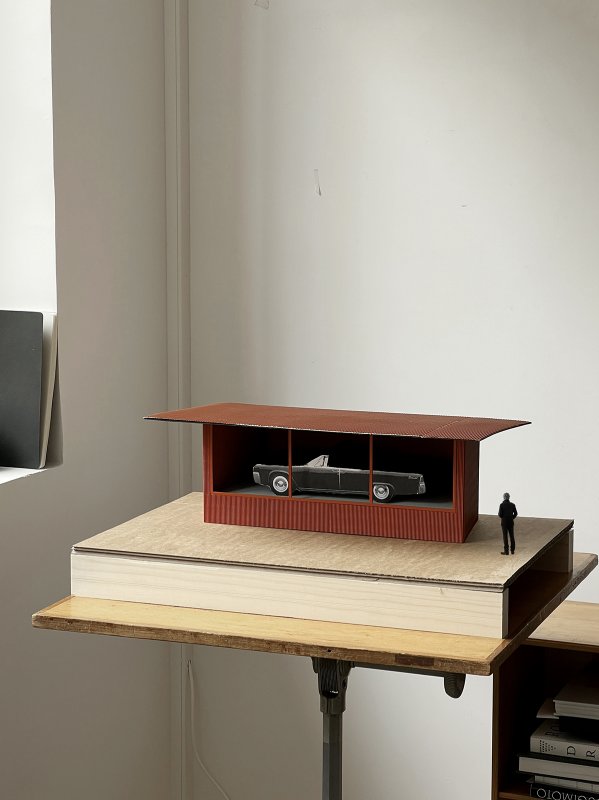
©studio Bouroullec
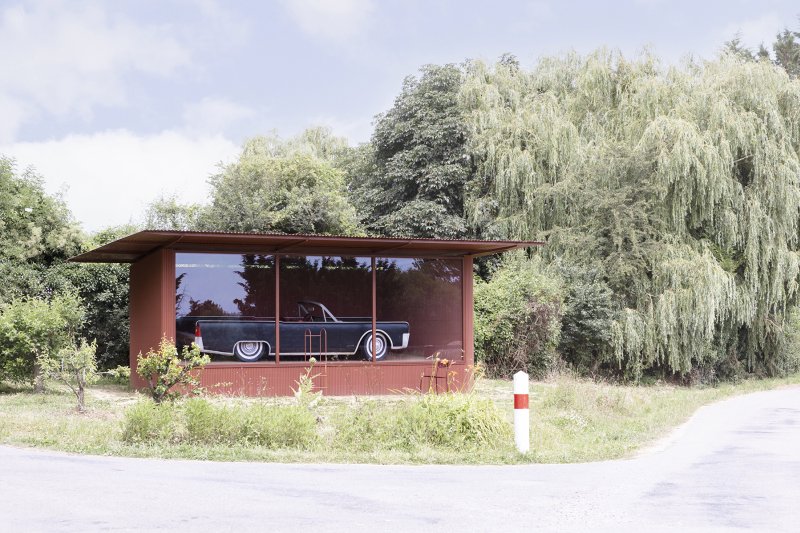
©C.Lavabre / Studio Bouroullec
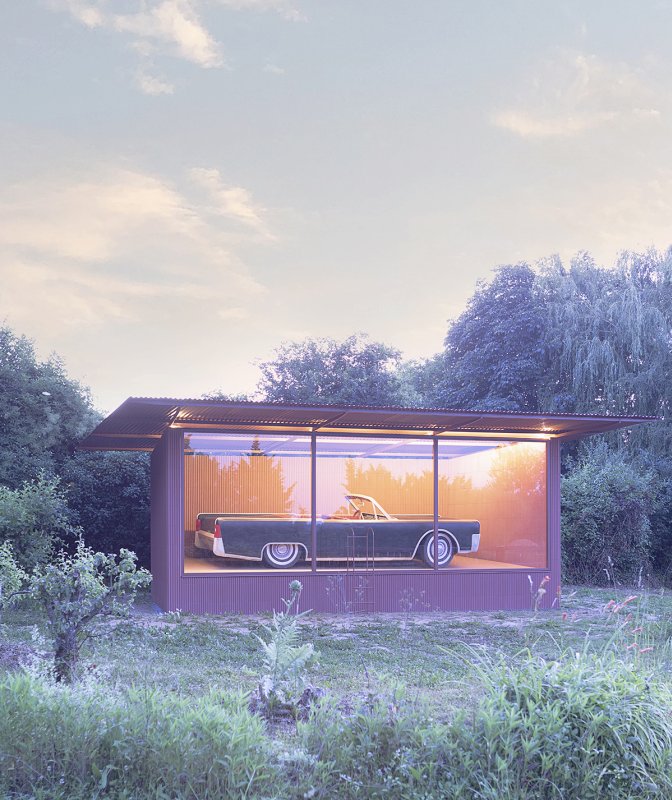
©C.Lavabre / Studio Bouroullec
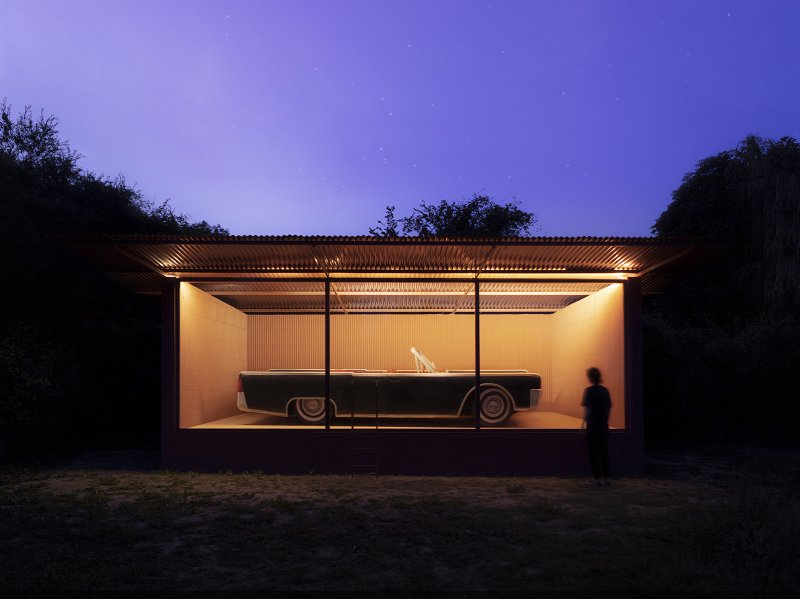
©C.Lavabre / Studio Bouroullec

©Pascal Rivet
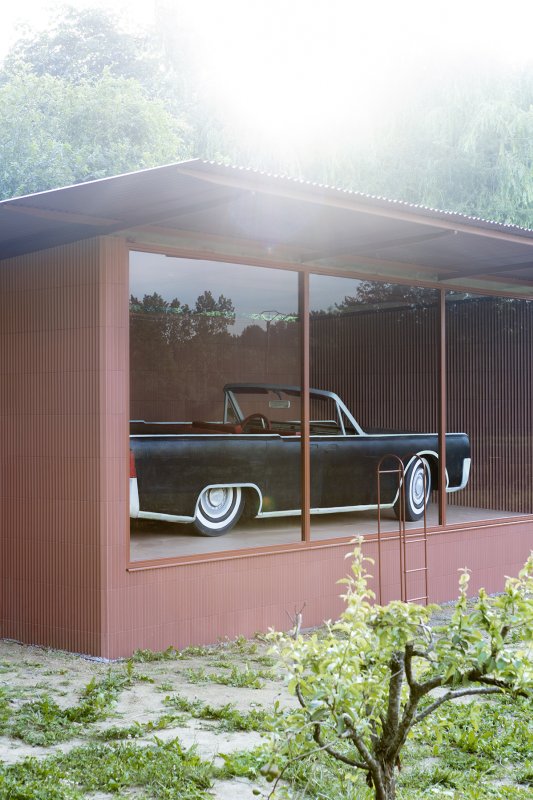
©C.Lavabre / Studio Bouroullec
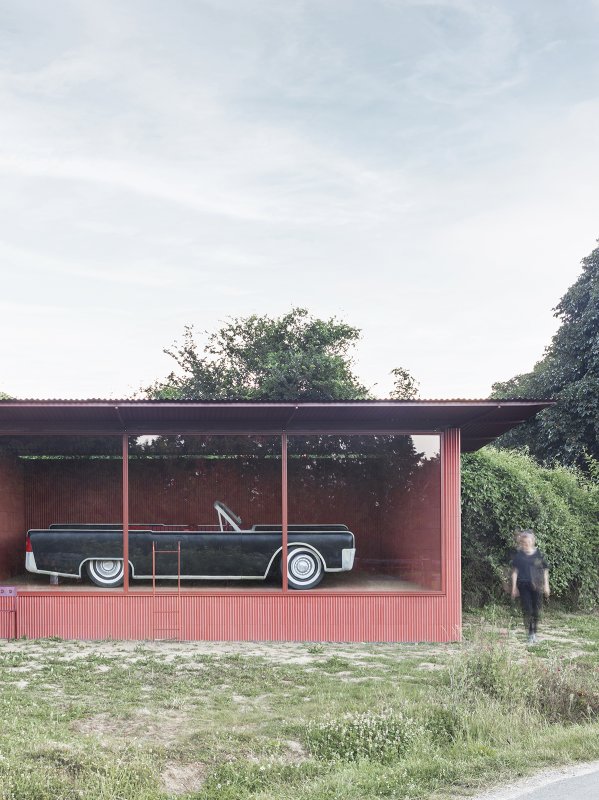
©C.Lavabre / Studio Bouroullec
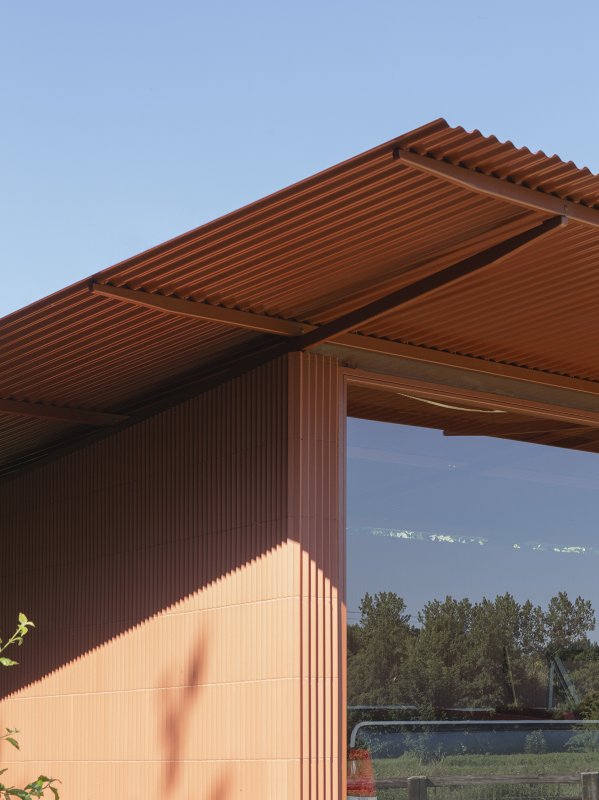
©C.Lavabre / Studio Bouroullec
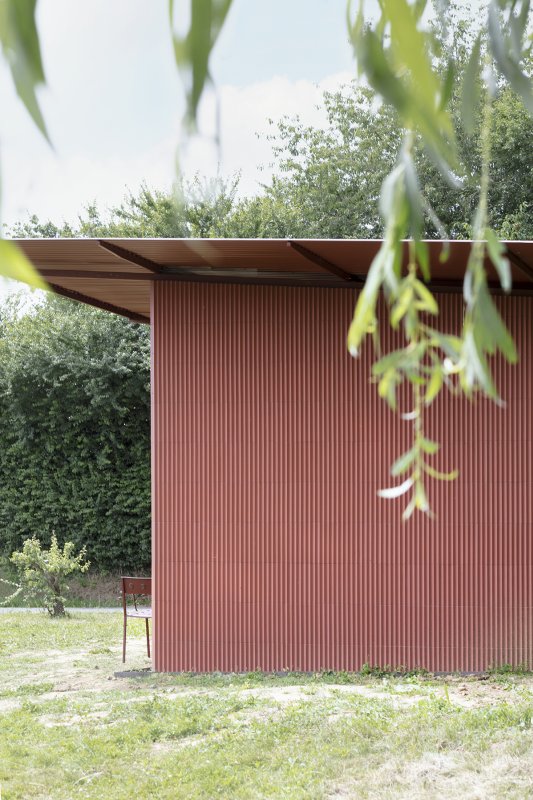
©C.Lavabre / Studio Bouroullec
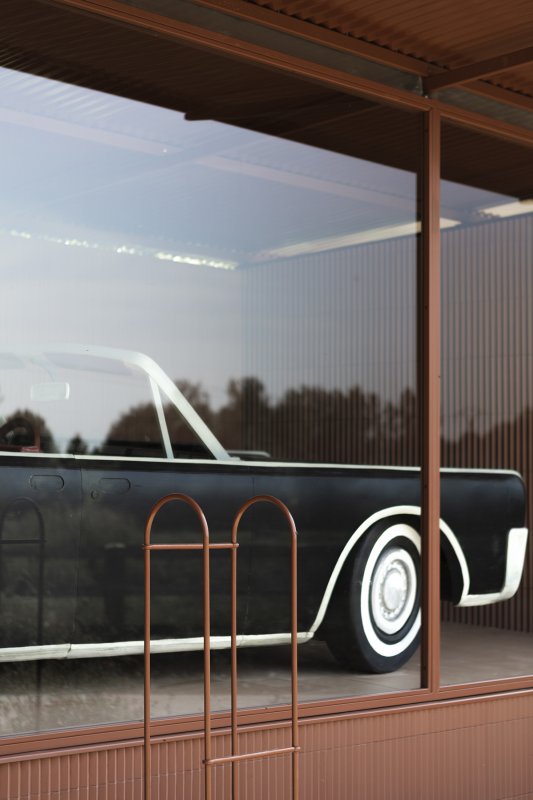
©C.Lavabre / Studio Bouroullec
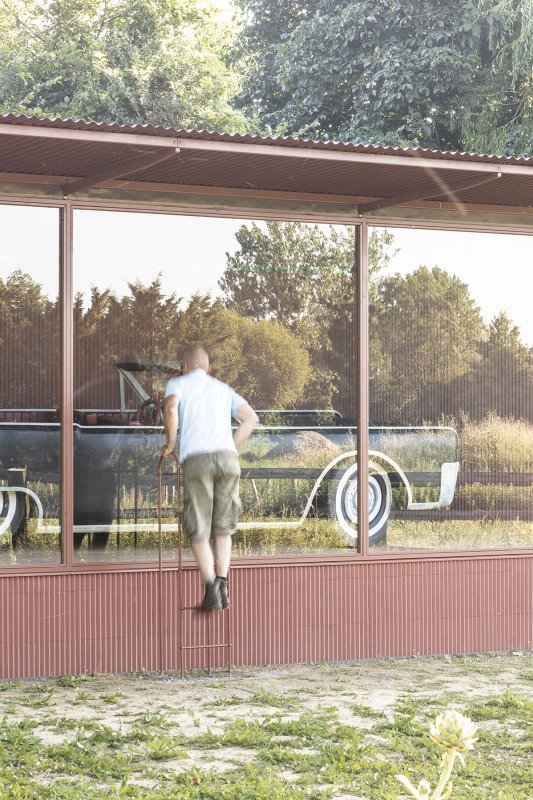
©C.Lavabre / Studio Bouroullec
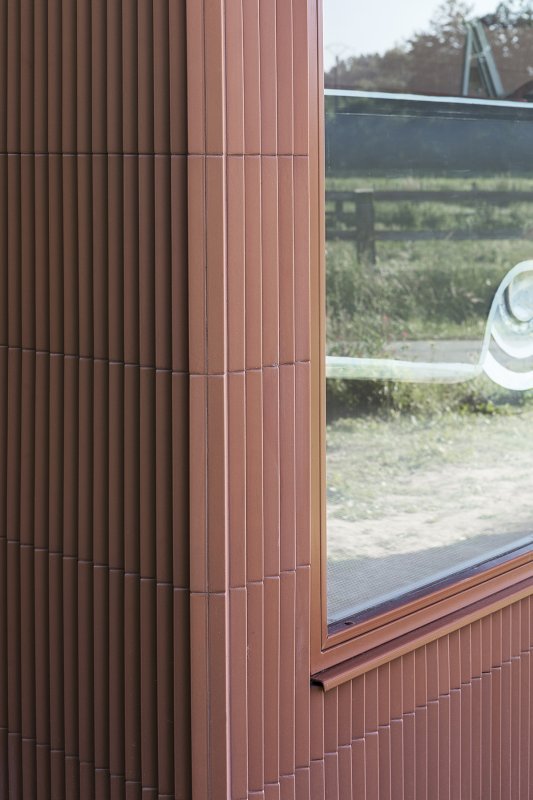
©C.Lavabre / Studio Bouroullec
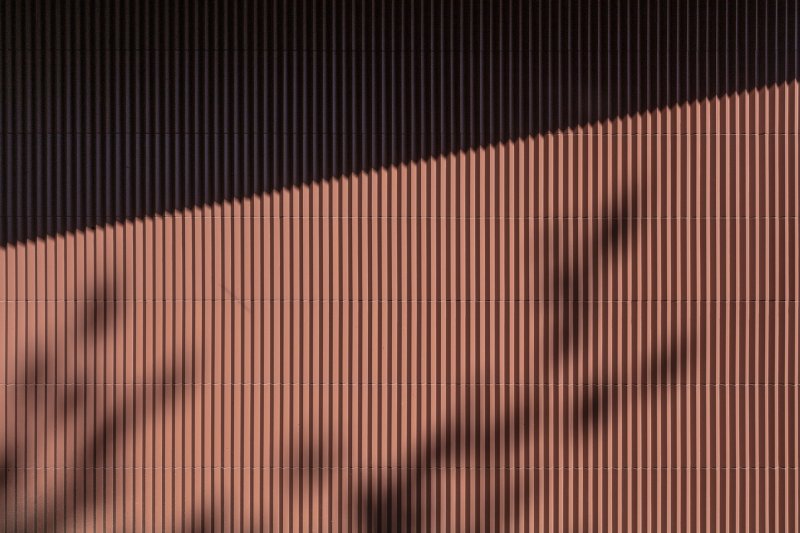
©C.Lavabre / Studio Bouroullec

©C.Lavabre / Studio Bouroullec
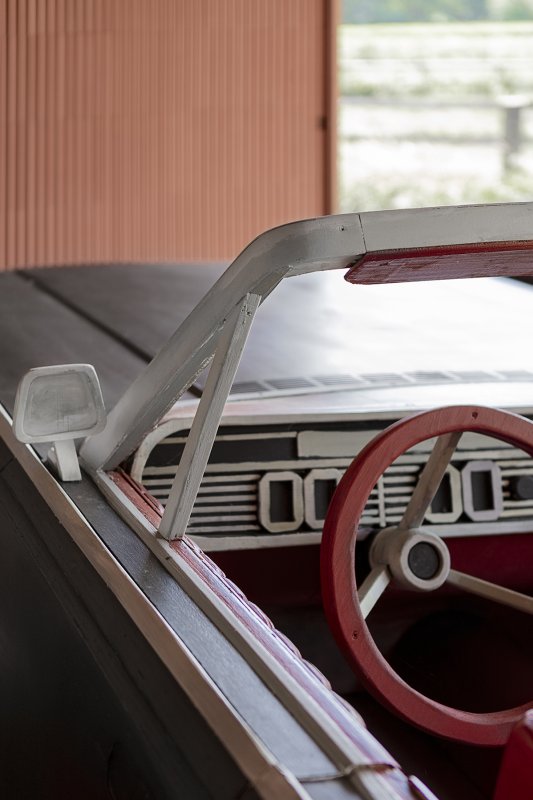
©C.Lavabre / Studio Bouroullec
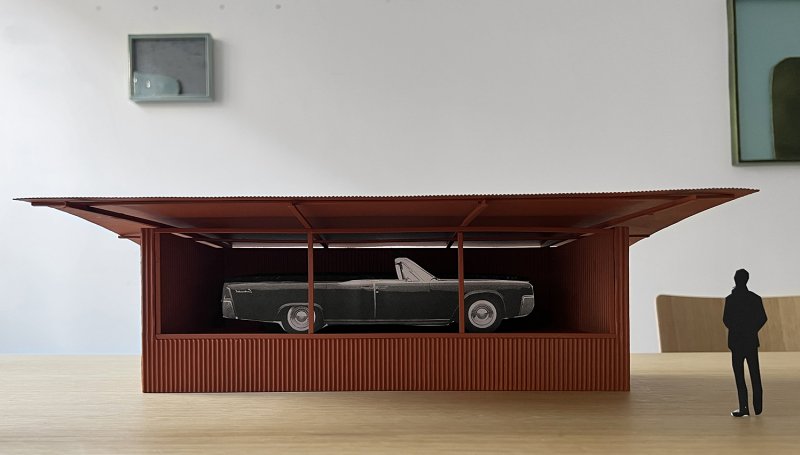
©studio Bouroullec
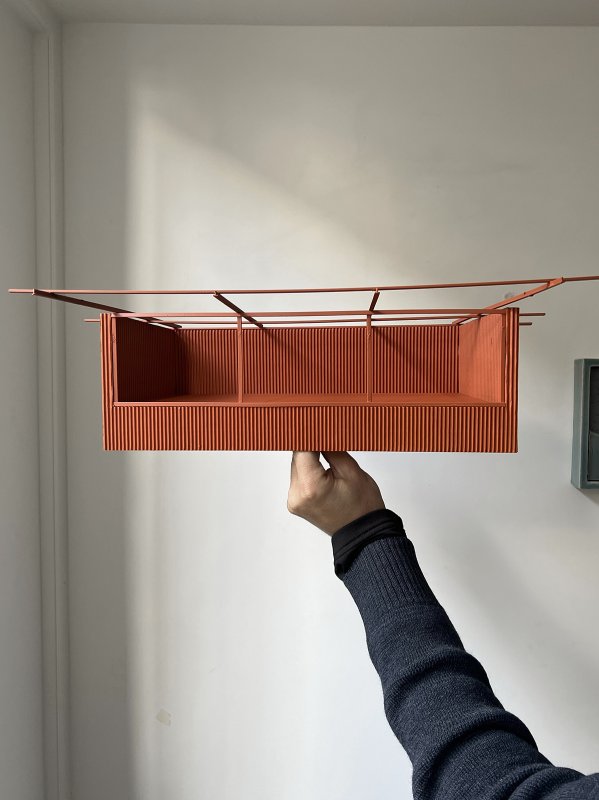
©studio Bouroullec
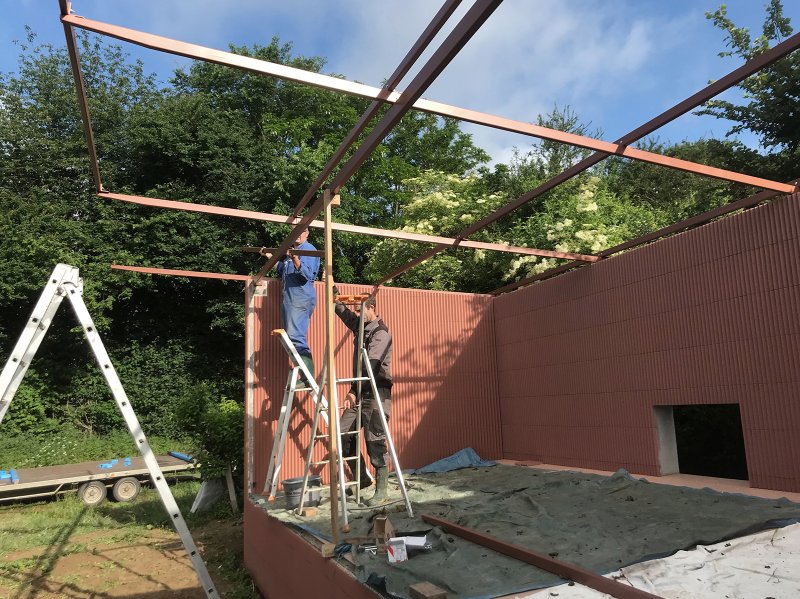
©studio Bouroullec
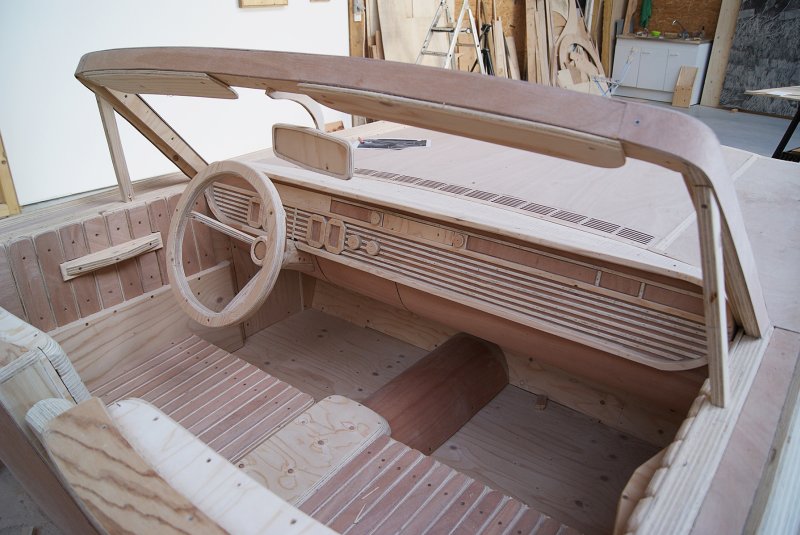
©Pascal Rivet

©Pascal Rivet
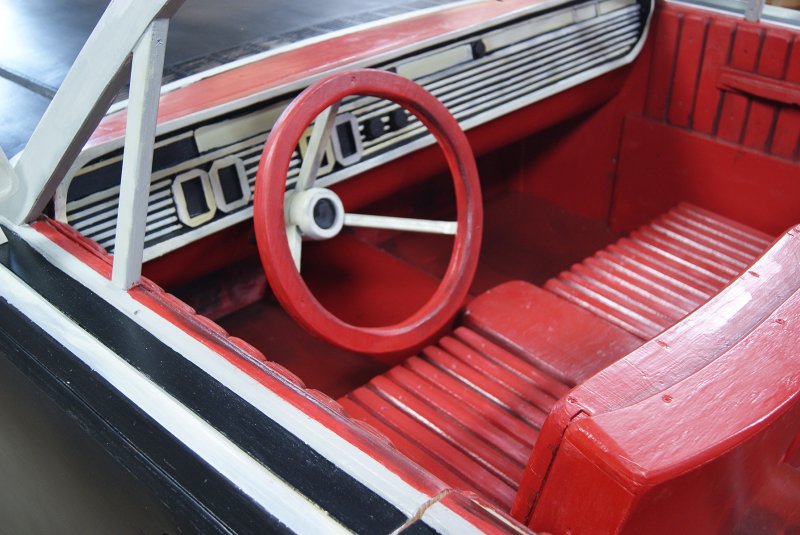
©Pascal Rivet




















